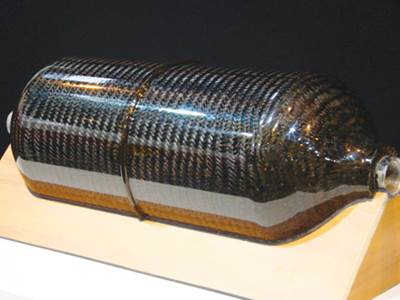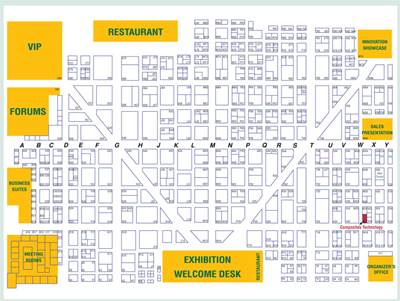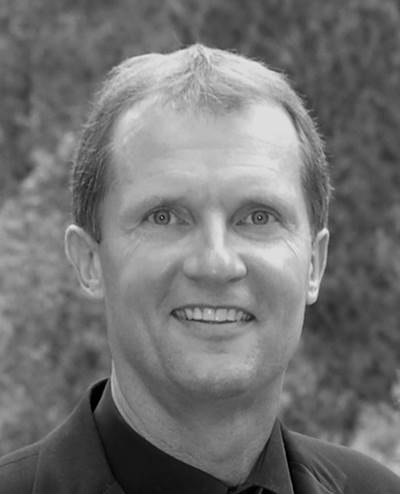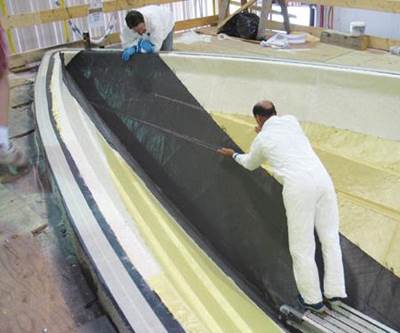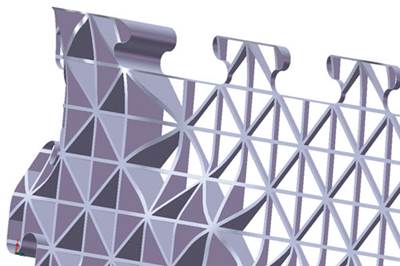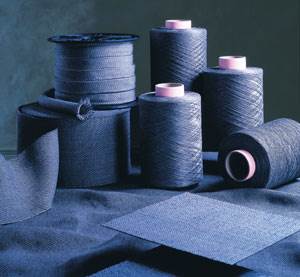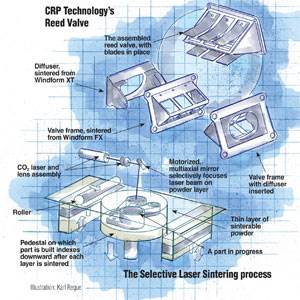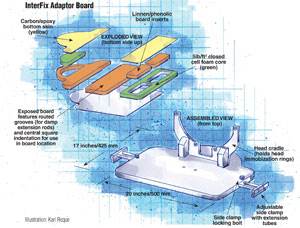Medical
JEC Composites 2009 showcase
Despite the doleful state of the global economy, the turnout in Paris — exhibitors and visitors — proved surprisingly strong.
Read MoreJEC Composites 2009/SAMPE Europe preview
 Organizers predict good turnout in poor economy for annual Paris tradeshow.
Read MorePrototyping and manufacturing by additive fabrication
 Additive fabrication (AF) technology, such as laser sintering (LS) and fused deposition modeling (FDM), encompasses a wide range of applications. The earliest was rapid prototyping to support design, concept modeling, fit/function testing, and pattern making without the need to construct expensive tooling for prototypes and test articles. Manufacturers also are using AF to produce jigs, fixtures, drill guides, and other manufacturing and assembly tools.
Read MoreComposites take the hit in U.S. Navy patrol boat
 New carbon/Kevlar composite hull and deck provide impact-absorbing solution to crew injury problems caused by severe vertical acceleration of previous high-speed, all-metal patrol boat.
Read MoreRapid Manufacturing, Part II: Pioneer Applications
Harbingers of what could be a significant trend, these composites manufacturers demonstrate the potential of additive fabrication and several innovative materials in tool-free manufacture of complex components.
Read MoreSAMPE ’08 technology showcase
Billed as the world’s largest advanced materials trade event, SAMPE’s 2008 Symposium and Exhibition returned to Long Beach.
Read MoreAligned discontinuous fibers come of age
Discontinuous but aligned carbon fibers are proving formable and formidable in high-performance, compound-curvature applications.
Read MoreFocus on Design: The promise of rapid manufacturing
Selective Laser Sintering technology and new materials abbreviate the design phase and produce a key part for a new motorcycle racing engine.
Read MoreFocus on Design: Composite adaptor board supports medical treatment
Carbon fiber/epoxy the only material choice in this critical X-ray application.
Read MoreResin matrices: Thermoplastic
In contrast to crosslinking thermosets, whose cure reaction cannot be reversed, thermoplastics harden when cooled but retain their plasticity; that is, they will soften and can be reshaped repeatedly by reheating them above their processing temperature. Less-expensive thermoplastic matrices offer lower processing
Read More